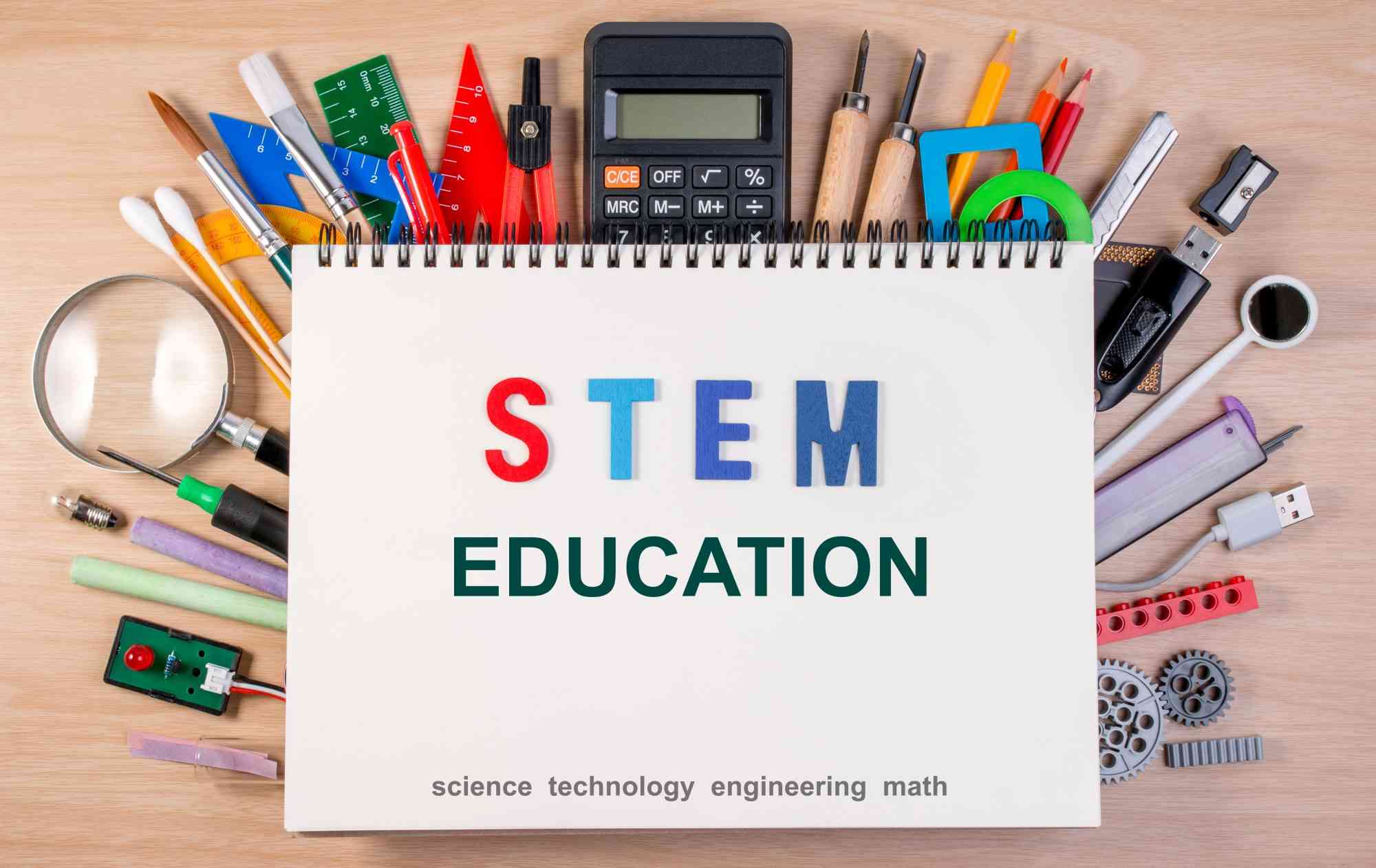
Science, technology, engineering, and mathematics (STEM) fields are some of the most important and innovative areas of work in the world today. However, despite the many opportunities and benefits that come with working in STEM, women remain underrepresented in these fields.
This underrepresentation not only limits the potential of individual women but also hinders the progress and innovation of society as a whole. In thisarticle, we will explore the barriers that women face in STEM fields and the ways in which we can work to break them down.
The gender gap in STEM is a well-known and widely studied phenomenon. According to a report by the National Science Foundation, women make up only 28% of the workforce in science and engineering fields. This underrepresentation is even more pronounced in certain fields, such as computer science and engineering, where women make up only 20% of the workforce.
The reasons for this gender gap are complex and multifaceted. One major factor is societal attitudes and stereotypes about gender roles. From a young age, girls are often discouraged from pursuing STEM fields and are instead encouraged to pursue more traditionally 'feminine'; fields such as nursing or teaching. This can lead to a lack of confidence in their abilities and a belief that they do not belong in STEM fields.
Another factor is the lack of female role models and mentors in STEM fields. Women who do enter STEM fields often face isolation and a lack of support from their male colleagues. This can make it difficult for them to succeed and advance in their careers. Finally, there are structural barriers to entry and advancement in STEM fields. Women face discrimination in hiring and promotion, as well as a lack of access to resources such as funding and networking opportunities.
Despite these challenges, there are many ways in which we can work to break down the barriers that prevent women from entering and advancing in STEM fields. One key approach is to provide more opportunities for girls and women to explore and engage with STEM fields. This can include programs such as coding camps, robotics clubs, and mentorship programs that expose girls to STEM fields and provide them with the skills and confidence they need to succeed.
Another approach is to increase the visibility of female role models and mentors in STEM fields. This can include highlighting the achievements of women in STEM through media coverage, awards programs, and other forms of recognition. It can also involve creating networks and communities of female scientists and engineers that provide support and mentorship to women at all stages of their careers. A third approach is to address structural barriers to entry and advancement in STEM fields.
- Women and STEM: Breaking Down Barriers to Equality
Keep Reading
This can include policies such as affirmative action programs that promote diversity and inclusion in hiring and promotion. It can also involve providing resources such as funding, networking opportunities, and mentorship programs specifically targeted at women in STEM.
Breaking down the barriers that prevent women from entering and advancing in STEM fields is not only a matter of social justice but also a matter of economic necessity. Research has shown that gender diversity in STEM fields leads to better outcomes for both individuals and society as a whole.For individuals, working in diverse teams has been shown to lead to greater creativity, innovation, and problem-solving ability. It also provides opportunities for personal growth and development through exposure to different perspectives and experiences.
For society as a whole, gender diversity in STEM fields leads to better outcomes in areas such as health, education, and the environment. For example, research has shown that having more women in leadership positions in healthcare organizations leads to better patient outcomes and higher quality care. Similarly, having more women involved in environmental research leads to better policies and practices for environmental protection.
In conclusion, the underrepresentation of women in STEM fields is a complex issue with far- reaching implications for individuals and society as a whole. However, by breaking down the barriers that prevent women from entering and advancing in these fields, we can create a more just, innovative, and prosperous world for everyone.
This will require a multifaceted approach that addresses societal attitudes and stereotypes about gender roles, increases the visibility of female role models and mentors, and addresses structural barriers to entry and advancement in STEM fields. However, with dedication and persistence, we can create a world where everyone has the opportunity to pursue their passions and achieve their full potential.
Grace Ruvimbo Chirenje writes in her capacity as a citizen of Zimbabwe. Follow her on social media for more Lifezone with Grace conversations on Twitter: @graceruvimbo; Facebook: Grace Ruvimbo Chirenje; Instagram: @graceruvimbo










